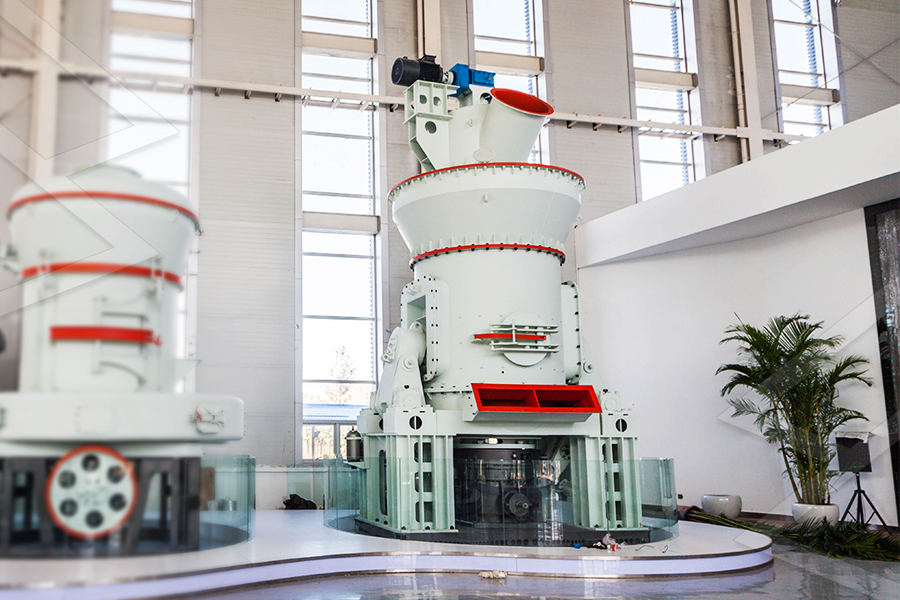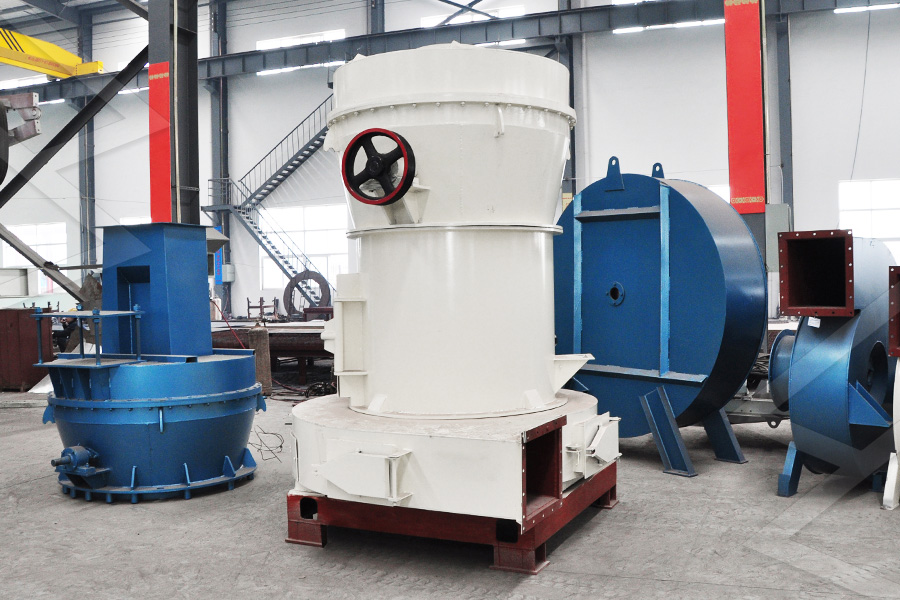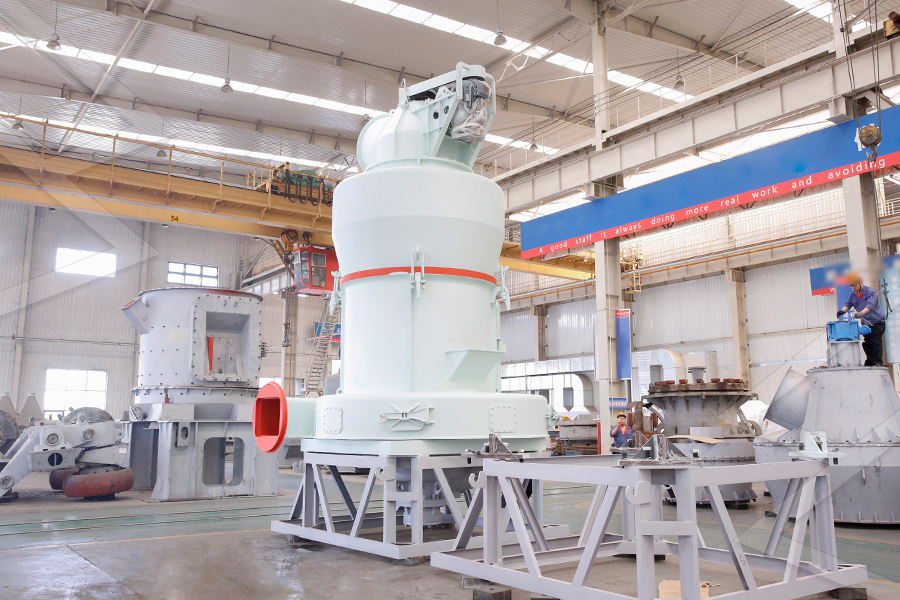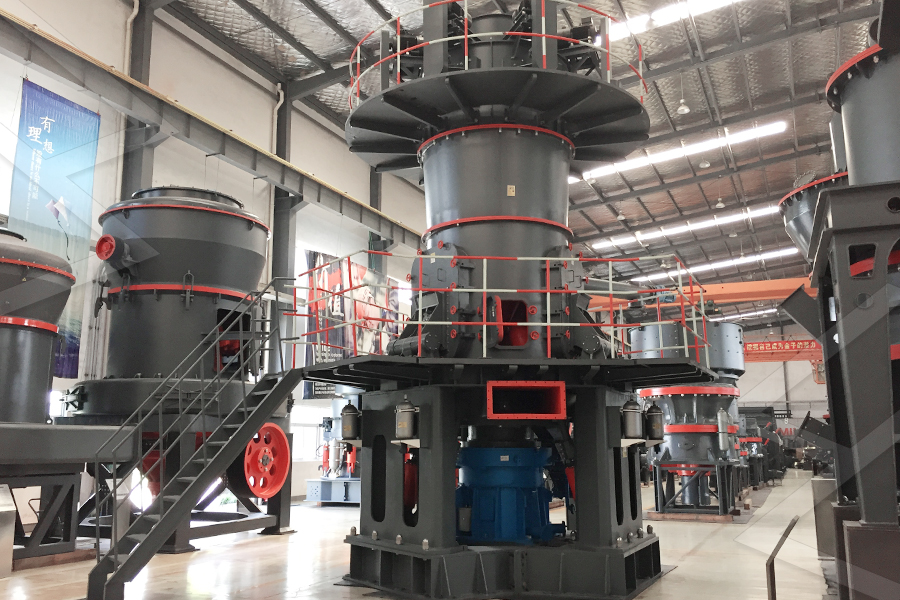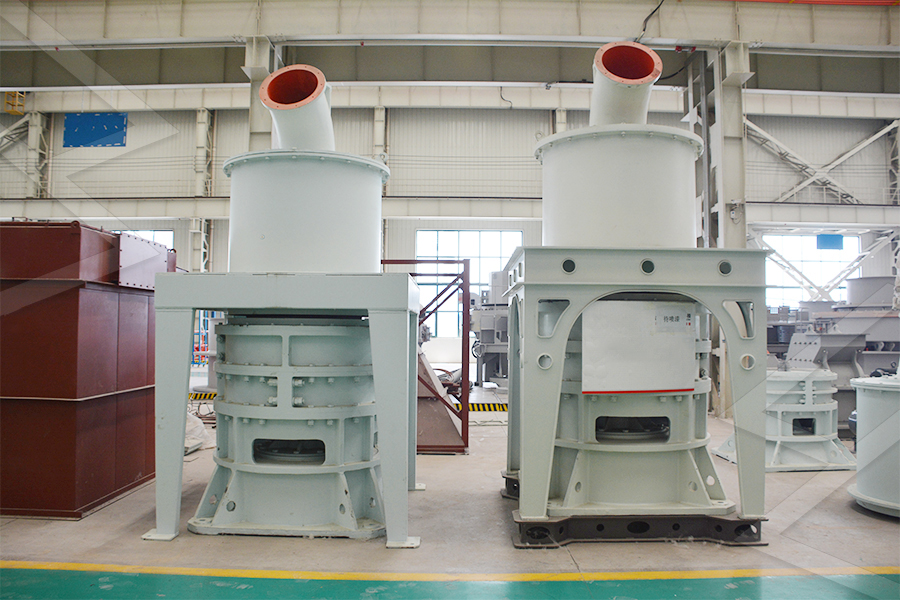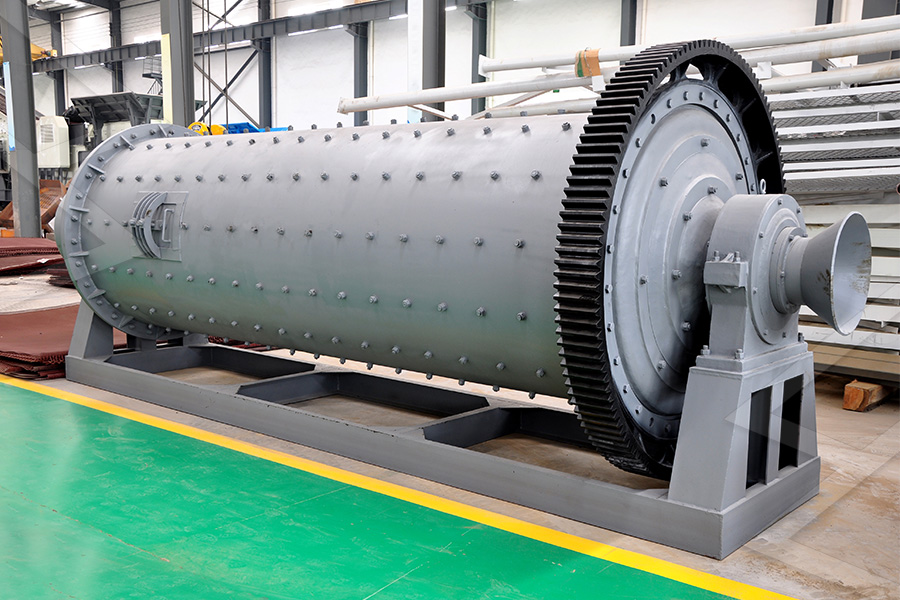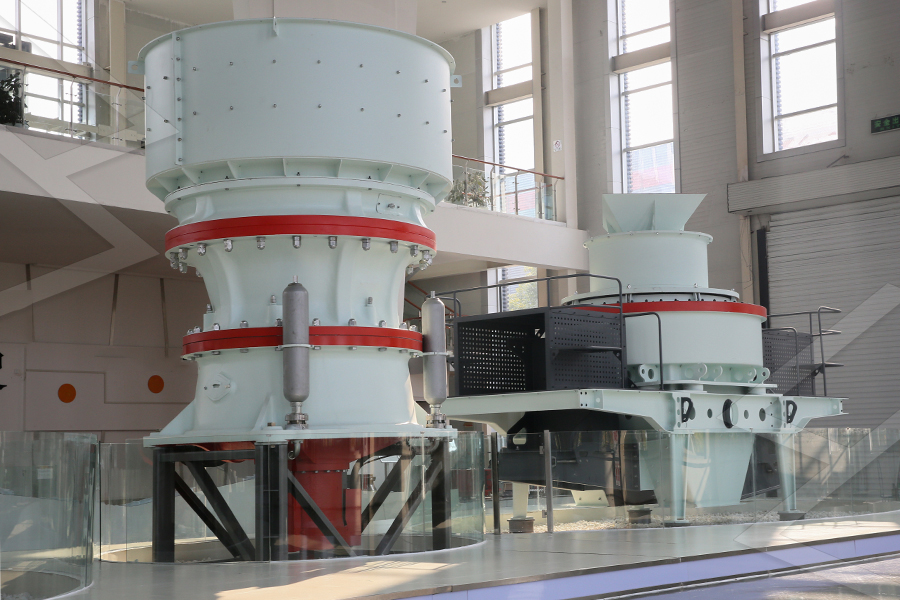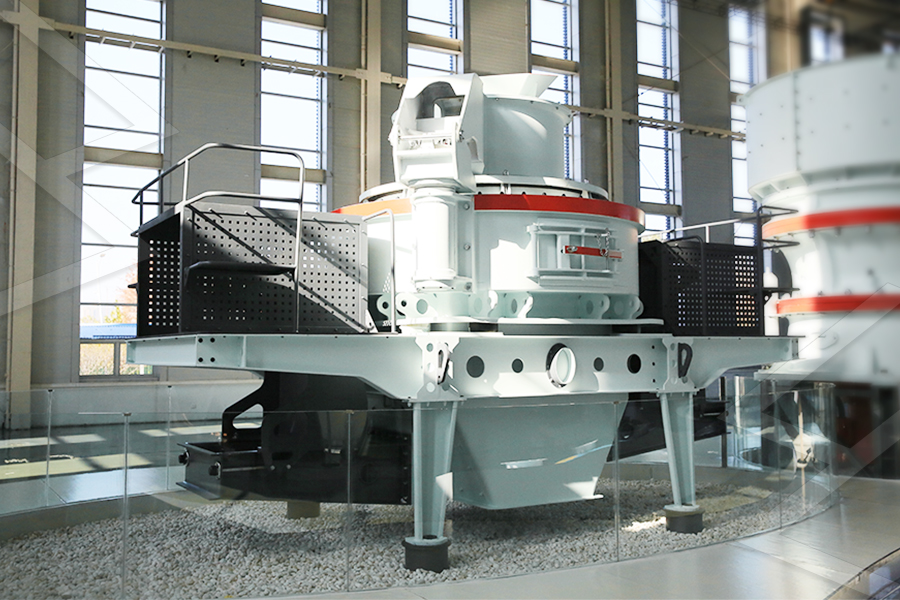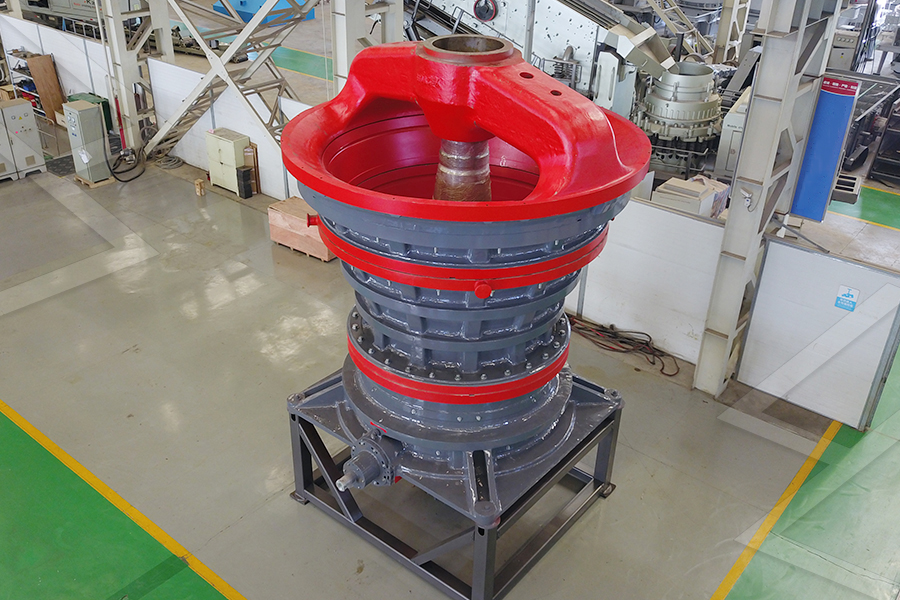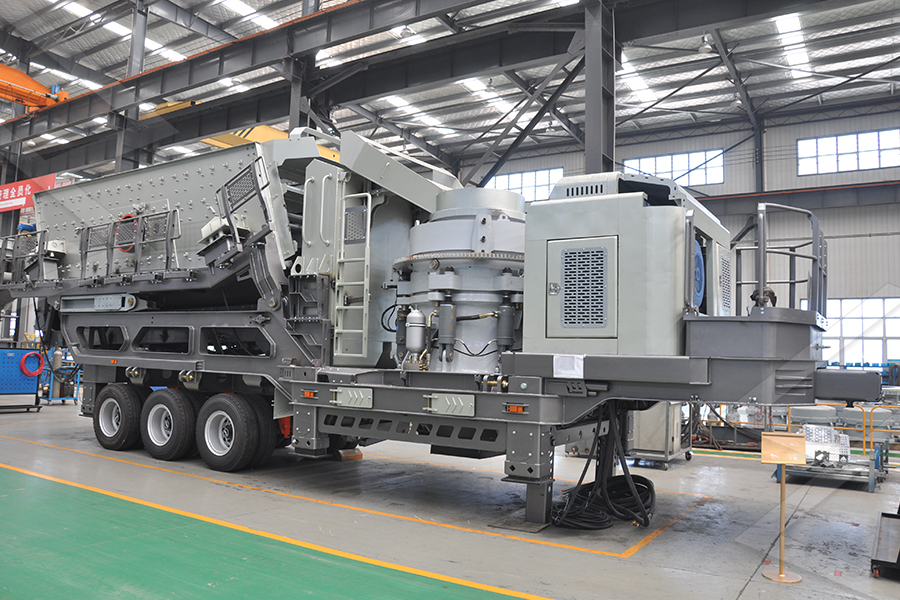Location of Iron Ore Processing Plant in Australia
Introduction
Welcome to the fascinating world of iron ore processing plants in Australia! Have you ever wondered how this valuable resource is transformed into the essential materials that power industries around the globe? Well, look no further because we're about to take you on an informative and exciting journey through the ins and outs of these remarkable facilities.
Australia boasts vast reserves of high-quality iron ore, making it a key player in global mining and processing. With cutting-edge technologies and innovative approaches, Australian companies have become pioneers in extracting, refining, and transforming this abundant natural resource into various products used across industries. So let's dive deep into the realm of iron ore processing plants as we uncover their location, techniques employed, and even some intriguing case studies along the way!
So grab your virtual hard hat and join us as we explore everything there is to know about iron ore processing plants Down Under. From state-of-the-art equipment to cost-effective solutions, get ready for an enlightening adventure through this vital sector!
Iron Ore Reserves in Australia
Iron ore reserves in Australia are a valuable resource that has played a significant role in the country's economic growth. Australia is one of the world's largest producers and exporters of iron ore, with vast deposits located across various states.
The Pilbara region in Western Australia is particularly renowned for its extensive iron ore reserves. It houses some of the largest known iron ore deposits globally, attracting major mining companies to set up operations there. The massive scale of these reserves ensures a steady supply for both domestic use and international trade.
Apart from the Pilbara region, other areas such as Queensland and South Australia also have substantial iron ore resources. These reserves contribute to Australia's overall production capacity and provide employment opportunities for many Australians working in the mining industry.
The high-quality nature of Australian iron ore makes it highly sought after by steelmakers worldwide. Its low impurities content allows for efficient processing and produces superior quality steel products.
With ongoing exploration efforts, it is expected that more iron ore reserves will be discovered in different parts of Australia. This continual expansion will ensure that the country remains a key player in global iron ore production for years to come.
Technologies for Iron Ore Processing
Iron ore processing is a complex and crucial part of the mining industry. It involves extracting valuable iron minerals from raw ore, processing them into a usable form, and ultimately creating products that can be used in various industries. To accomplish this, advanced technologies are employed to ensure efficiency and maximize the yield of high-quality iron ore.
One such technology is crushing and grinding, which reduces the size of the raw ore particles. This process increases surface area for further beneficiation and separates gangue minerals from the valuable iron-bearing ones.
Another important technology is magnetic separation, which utilizes magnets to separate magnetic iron minerals from non-magnetic gangue materials. This method is highly effective in removing impurities and increasing the purity of the final product.
Gravity separation is also widely used in iron ore processing. It exploits differences in specific gravity between different components to separate them based on their density. This technique allows for efficient concentration of heavy iron minerals.
Flotation is another commonly used technology that relies on selective attachment of air bubbles to certain mineral surfaces, allowing for separation based on hydrophobicity or other surface properties. By selectively floating desirable mineral particles while leaving behind unwanted material, flotation enhances productivity and quality.
In recent years, innovative technologies such as microwave-assisted heating have been explored for their potential application in iron ore processing. These cutting-edge techniques offer advantages like reduced energy consumption and improved selectivity during beneficiation processes.
Advancements in technologies for iron ore processing have revolutionized this industry by improving efficiency, reducing environmental impacts, and enhancing product quality. As research continues to push boundaries with new discoveries and innovations emerge regularly; it's an exciting time for those involved in this field.
Case Studies of Iron Ore Processing Plants in Australia
Australia is home to some of the largest iron ore reserves in the world, making it a key player in the global mining industry. With advanced technologies and innovative approaches, Australian companies have successfully set up numerous iron ore processing plants across the country.
One notable case study is the Roy Hill mine located in Western Australia. This state-of-the-art facility utilizes high-tech equipment and processes to extract and process iron ore. The plant incorporates advanced wet screening technology that allows for efficient separation of different grades of ore.
Another successful example is the Yandi mine situated in Pilbara, Western Australia. The processing plant at this site employs a combination of crushing, grinding, magnetic separation, and gravity methods to produce high-quality iron concentrate.
In South Australia, there's also the Savage River operation which boasts an integrated processing hub. Here, they employ a unique beneficiation process involving froth flotation to separate valuable minerals from waste material.
These case studies demonstrate how Australian companies are constantly pushing boundaries when it comes to innovation in iron ore processing. By implementing cutting-edge technologies and refining their processes over time, these plants are able to optimize efficiency while minimizing environmental impact.
With such success stories spread throughout Australia's vast mineral-rich landscapes, it's clear that the country has become a global leader in iron ore processing. The continuous improvement efforts by these plants serve as inspiration for other mining operations around the world striving for excellence and sustainability.
Insights from Failed Experiments and Controversial Observations
Iron ore processing is a complex and ever-evolving field, with researchers constantly striving to find new and improved methods for extracting valuable minerals from the ore. In this pursuit, there have been numerous experiments conducted and observations made that have led to both successful breakthroughs and controversial findings.
One of the insights gained from failed experiments is the importance of understanding the composition of iron ore before processing. Different ores contain varying amounts of impurities such as silica, alumina, and phosphorus, which can affect the efficiency of extraction processes. Failed experiments have highlighted the need for thorough analysis and characterization of ores to optimize processing methods.
Controversial observations in iron ore processing have sparked debates among experts in the field. For instance, some studies suggest that certain additives or chemicals used in beneficiation processes may actually increase impurity levels rather than reduce them. This has raised questions about the effectiveness and environmental impact of these techniques.
Another area where controversy arises is in tailings management. While traditional practices involve storing waste materials in tailings dams, concerns have been raised about their long-term stability and potential for environmental contamination. Alternative approaches such as dry stacking or utilizing tailings for other purposes like ceramic tile production are being explored.
These insights from failed experiments and controversial observations provide valuable lessons for future research and development in iron ore processing. They highlight the need for careful experimentation, rigorous data analysis, collaboration among experts, and consideration of sustainability aspects throughout every stage of mineral extraction.
By continuously learning from past experiences – both successes and failures – scientists can refine their understanding of iron ore processing techniques and strive towards more efficient, sustainable, and environmentally friendly practices in this crucial industry sector.
Beneficiation of Rare Earth Element Bearing Minerals
Rare earth elements (REEs) are a group of minerals that play a vital role in various industries, including technology, renewable energy, and defense. Australia is known to have significant deposits of REE-bearing minerals such as monazite and xenotime. However, extracting these valuable elements from the ore can be challenging due to their complex mineralogy.
Beneficiation processes are employed to separate and concentrate the REEs from other unwanted minerals. One common method is flotation, where chemicals are used to selectively attach to the REE particles and float them out of the ore slurry. This process relies on differences in surface properties between different minerals.
Another technique called magnetic separation utilizes magnets to attract and separate magnetic materials containing REEs from non-magnetic materials. This method is particularly effective for separating monazite and xenotime from other non-REE bearing minerals.
In recent years, there has been growing interest in developing environmentally friendly methods for beneficiation. Researchers have explored using bioleaching, which involves using microorganisms to dissolve or extract rare earth elements from ores.
The beneficiation of rare earth element-bearing minerals is an important step towards meeting global demand for these critical elements. By efficiently extracting and concentrating REEs, we can ensure a sustainable supply chain while minimizing environmental impacts associated with mining operations.
As research continues into optimizing beneficiation techniques for rare earth element-bearing minerals, it offers promising opportunities for both economic development and environmental stewardship in Australia's mining industry
Production of Ceramic Tiles from Iron Ore Tailings
The production of ceramic tiles from iron ore tailings is an innovative and sustainable approach that not only helps in waste management but also creates a valuable product. Iron ore tailings, which are the byproducts of the mining process, contain significant amounts of iron oxide. By utilizing these tailings, we can reduce environmental impacts and make efficient use of resources.
One major advantage of using iron ore tailings for ceramic tile production is their high content of iron oxide. This mineral acts as a fluxing agent during firing, enhancing the strength and durability of the tiles. Additionally, the presence of other minerals in the tailings can impart unique colors and textures to the finished tiles.
To produce ceramic tiles from iron ore tailings, several steps are involved. First, the raw materials need to be crushed and ground into a fine powder. This powder is then mixed with water to form a slurry, which is poured into molds or pressed into desired shapes.
After shaping, the tiles undergo drying to remove excess moisture before being fired in kilns at high temperatures. The firing process transforms the clay-based mixture into a hard and durable material suitable for various applications like flooring and wall coverings.
By exploring alternative uses for iron ore tailings such as producing ceramic tiles, we not only minimize waste but also contribute towards sustainable development. It's exciting to see how industries are finding creative ways to repurpose mining byproducts while creating valuable products that benefit society as well!
Setting Up an Iron Ore Processing Plant: Shibang Group's Perspective
Setting up an iron ore processing plant requires careful planning, expertise, and the right equipment. The Shibang Group, a leading mining machinery manufacturer, offers valuable insights into this process from their perspective.
The Shibang Group emphasizes the importance of site selection for an iron ore processing plant. Factors such as proximity to raw material sources and transportation infrastructure play a crucial role in determining the efficiency and cost-effectiveness of operations.
Next, they highlight the significance of technological advancements in iron ore processing. The use of state-of-the-art equipment and innovative techniques can enhance productivity and reduce environmental impact.
The Shibang Group also stresses on the need for thorough feasibility studies before setting up a processing plant. This includes analyzing market demand, assessing financial viability, and considering regulatory requirements.
Moreover, they emphasize the importance of collaboration with local communities and stakeholders to ensure sustainable development practices are followed throughout the project lifecycle.
In addition to these considerations, they provide guidance on efficient utilization of resources by implementing recycling and waste management systems within the processing plant.
Setting up an iron ore processing plant involves numerous factors that require careful consideration. With their extensive experience in mining machinery manufacturing, Shibang Group offers invaluable expertise to streamline this complex process efficiently.
Iron Ore Beneficiation Process
Iron ore beneficiation process is a crucial step in the extraction of iron from its ore. It plays a vital role in improving the quality and value of the final product. The process involves crushing, screening, grinding, magnetic separation, flotation, and gravity separation techniques to separate valuable minerals from gangue materials.
The first step in the beneficiation process is crushing the mined iron ore into smaller particles. This helps increase the surface area for further processing. Next comes screening where different sized particles are separated based on their size and shape.
Grinding is an essential step that involves reducing the size of crushed ore into finer particles. This enhances mineral liberation and increases efficiency during subsequent separation processes.
Magnetic separation technique utilizes magnetic properties to separate valuable minerals from non-magnetic gangue materials. Flotation uses chemicals to selectively separate hydrophobic minerals from hydrophilic ones.
Gravity separation relies on differences in density to separate minerals with varying densities. This method is commonly used for coarse-grained ores or when other methods are not effective.
Each stage of this complex process requires careful optimization to maximize productivity while minimizing costs and environmental impacts.
By utilizing advanced technologies and innovative approaches, iron ore beneficiation has become more efficient over time. Ongoing research continues to improve existing processes and develop new techniques for better resource utilization.
Iron ore beneficiation plays a critical role in transforming raw iron ore into high-quality products ready for various industries' use. With continued advancements in technology and ongoing research efforts, we can expect even more improvements in this crucial field of mineral processing.
Iron Mining Equipment
Iron mining equipment plays a crucial role in the extraction and processing of iron ore. From excavators to crushers, conveyors to grinding mills, these machines are essential for efficient mining operations.
Excavators are used to remove the overburden, which is the topsoil and rocks that cover the ore deposit. They can range in size from small machines capable of digging a few cubic meters per hour to huge ones that can move hundreds of tons of material at once.
Once the overburden is removed, crushers break down large chunks of ore into smaller pieces suitable for further processing. These crushers come in various sizes and types, including jaw crushers, cone crushers, and impact crushers.
Conveyors play a vital role in transporting the crushed ore from one processing stage to another. They help maintain a steady flow of material throughout the production process.
Grinding mills are used to reduce the mined ore into fine particles that can be easily processed further. Ball mills and rod mills are commonly used for this purpose.
In addition to these primary equipment, there are also auxiliary machines such as magnetic separators, flotation cells, and dewatering screens that aid in separating valuable minerals from waste materials.
Iron mining equipment enables efficient extraction and processing of iron ore while minimizing environmental impacts. Its importance cannot be overstated in ensuring a reliable supply of this critical raw material for various industries worldwide.
Cost of Iron Ore Processing Equipment
The cost of setting up an iron ore processing plant can vary depending on several factors. One of the main factors is the scale of the project, as larger plants will generally require more equipment and resources. Additionally, the specific technologies and processes used in the plant can also impact costs.
When it comes to equipment, there are various types that may be required for different stages of the processing process. This can include crushers, screens, magnetic separators, flotation machines, and dewatering equipment, among others. The cost of these machines will depend on their size and capacity.
In addition to purchasing equipment, there are also other expenses to consider when calculating the overall cost. These can include infrastructure costs such as building construction or renovation, transportation costs for bringing in raw materials or sending out finished products, and labor costs for operating and maintaining the plant.
It's important to note that while upfront costs for setting up an iron ore processing plant can be significant; it's essential to consider the long-term benefits and potential profitability of such an investment. A well-designed and efficiently operated plant has the potential to generate substantial returns over time.
To get a more accurate estimate of the cost involved in setting up an iron ore processing plant (including both initial capital expenditure and ongoing operational expenses), it is advisable to consult with industry experts who have experience in this field. They can provide valuable insights tailored specifically to your project requirements.
Contact Information
If you're interested in setting up an iron ore processing plant in Australia or have any inquiries related to iron ore beneficiation, feel free to reach out to us at Shibang Group. Our team of experts is ready to assist you and provide valuable insights into the process.
To get in touch with us, please use the following contact information:
Email: [email protected]
Website: www.stonevik.com
Remember, investing in an iron ore processing plant can be a lucrative opportunity for businesses looking to capitalize on Australia's abundant resources. With the right technologies and expertise, you can unlock the full potential of this industry and contribute to its growth.
Don't hesitate to contact us today. We look forward to hearing from you and helping you navigate through every step of establishing a successful iron ore processing plant.
